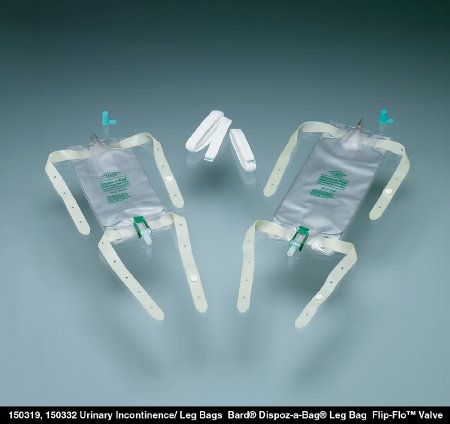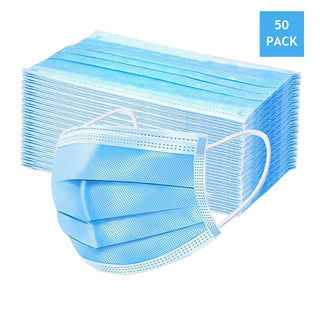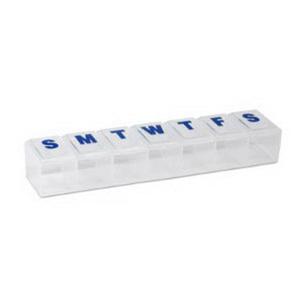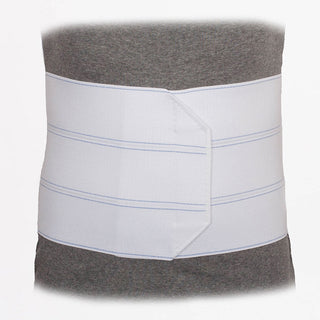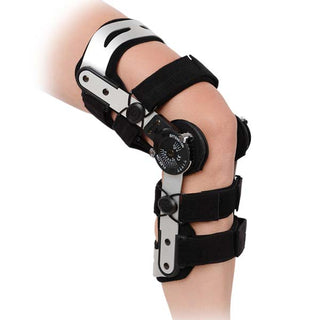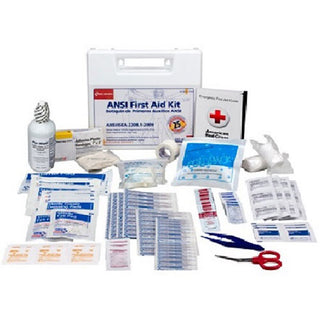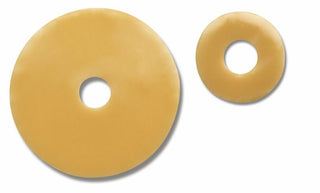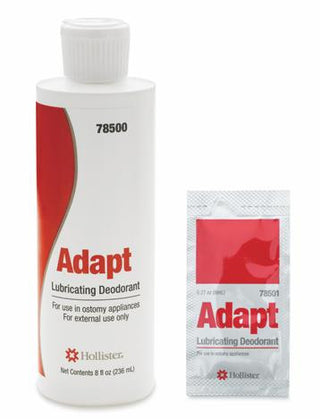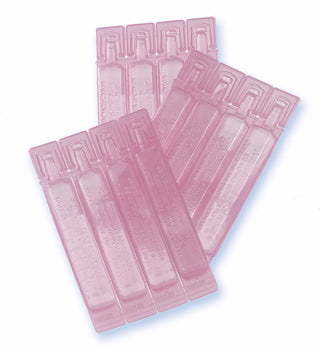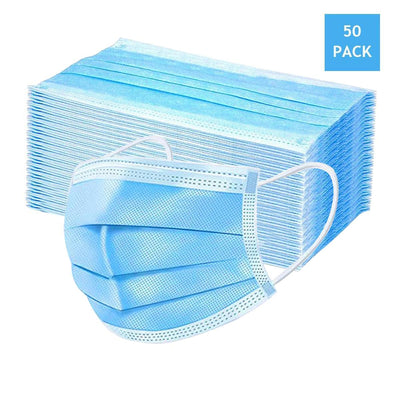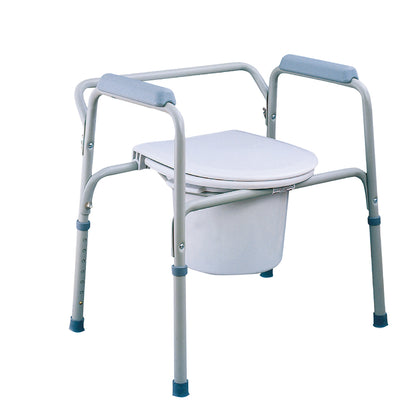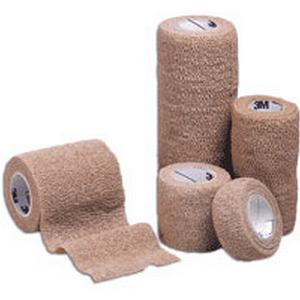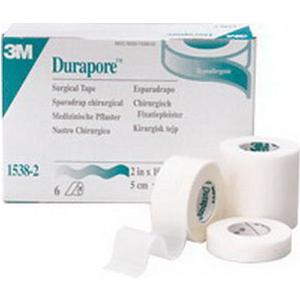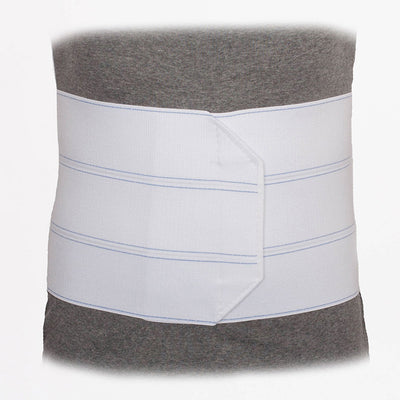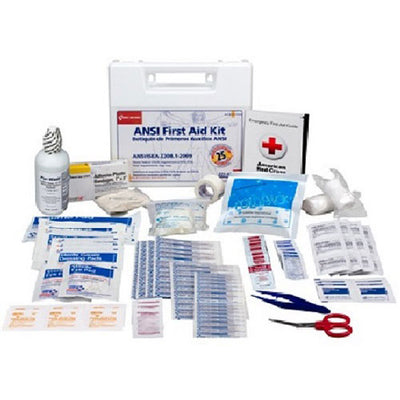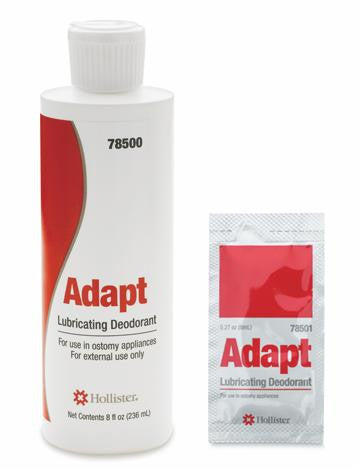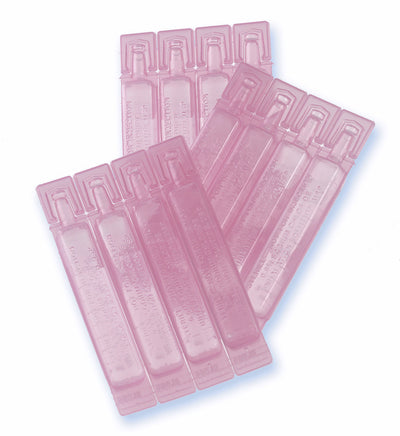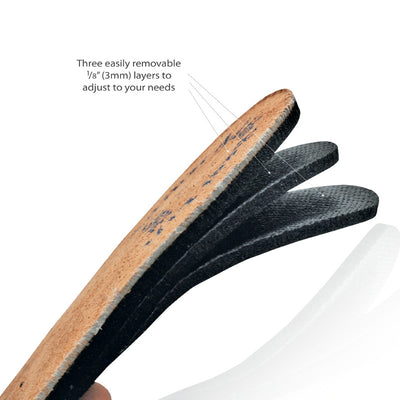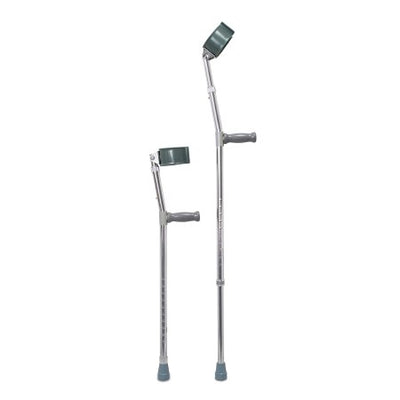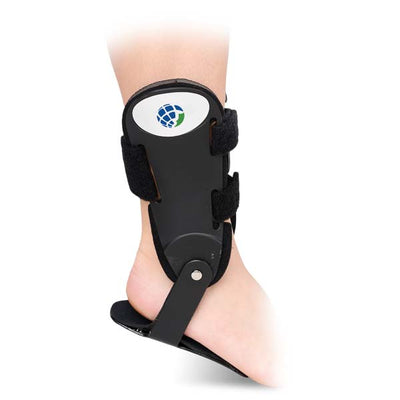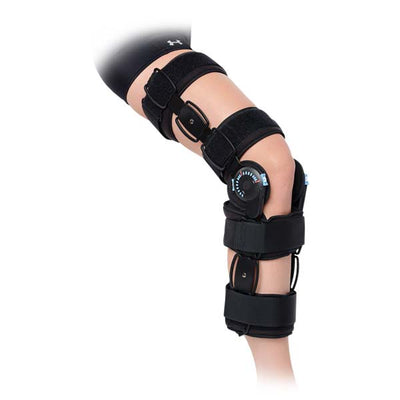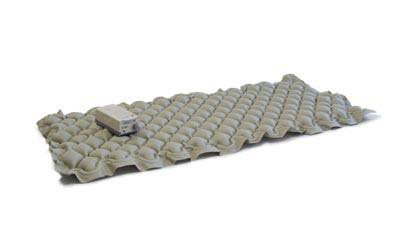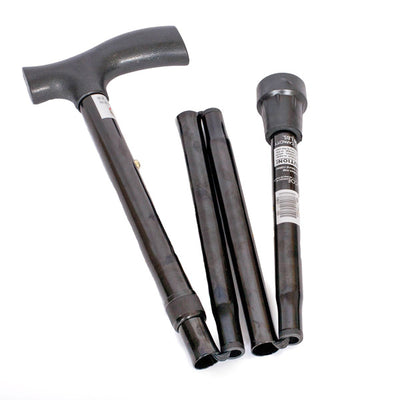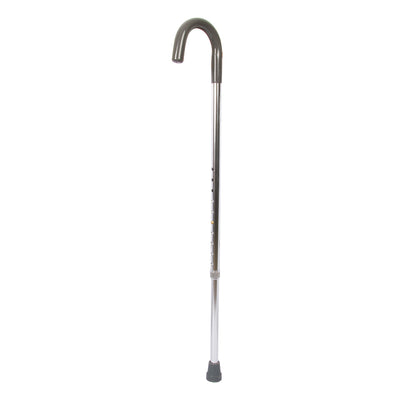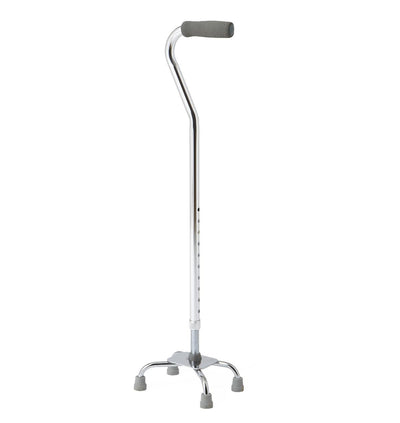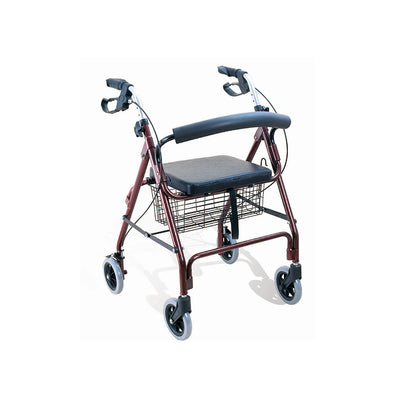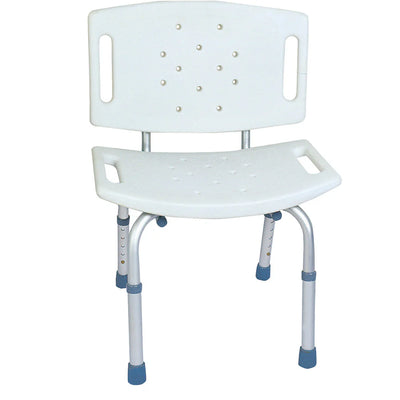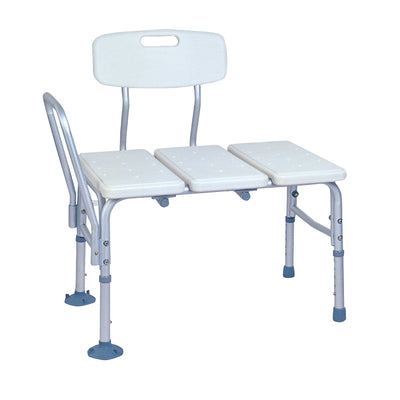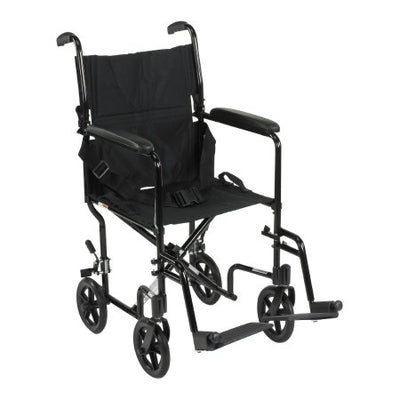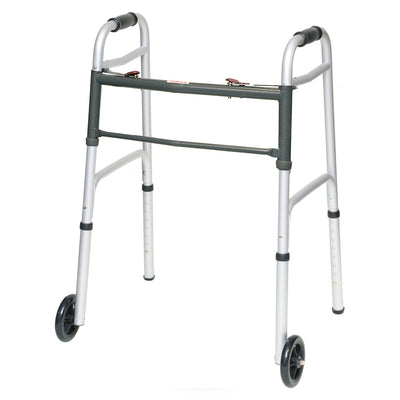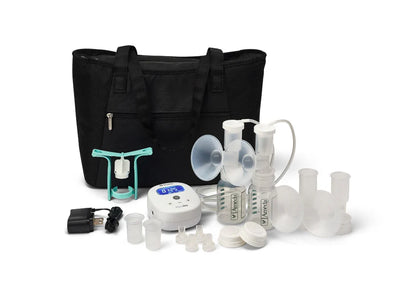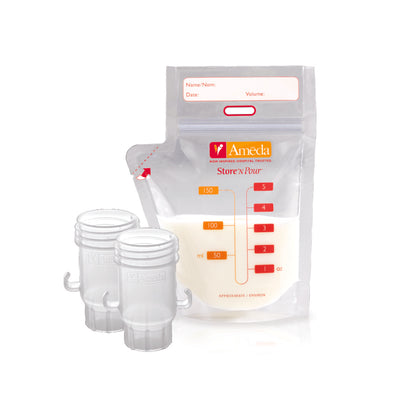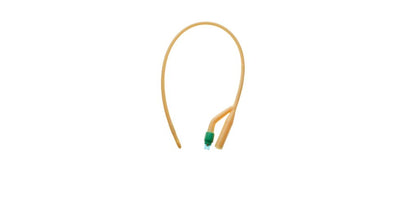But for all the information that exists for all types of catheters and urological supplies, it can be hard to understand what a balloon catheter is and what exactly it does.
Balloons Defined Balloons are a common tool in medicine, with a wide range of applications. They are inflatable, just like traditional balloons, and serve to dilate tight spaces in order to reduce obstruction, anchor medical equipment, or create space for larger medical equipment to be set in place.
As far as urological supplies go, balloons are most commonly associated with Foley or inbound catheter, where the catheter is inserted into the bladder itself. In this case, the balloon is filled with sterile water and acts as a stopper, preventing the catheter from moving unchecked through the body.
So The Balloon Blocks Leakage? No! In fact, an overfilling a catheter balloon can have the opposite effect, inducing muscle spasms that can cause a sudden leakage.
Overfilling your balloon can also cause the balloon to become asymmetrically filled, which can cause the catheter to tip to one side or the other, irritating the walls of the bladder or blocking the drainage mechanism of the catheter.
What Are Some Common Problems With Cather Balloons
- The balloon can overinflate, meaning the catheter will need to be removed, and reinserted with a working balloon.
- Like a traditional balloon, a catheter balloon can pop. This fragile piece of equipment can break if you misuse it. If this occurs, seek medical assistance.
- It can damage your urethra if you inflate the balloon prematurely.
- It can lead to an infection, especially if improperly handled or not changed often enough. This is important because 30% of all healthcare-related infections result from catheter-associated urinary tract infections.
Hopefully, this guide has helped you understand your urinary catheter better. If you would like more information on catheter balloons or other urological supplies, or if you are looking for a convenient medical supply store, contact Get Complete Care today.








